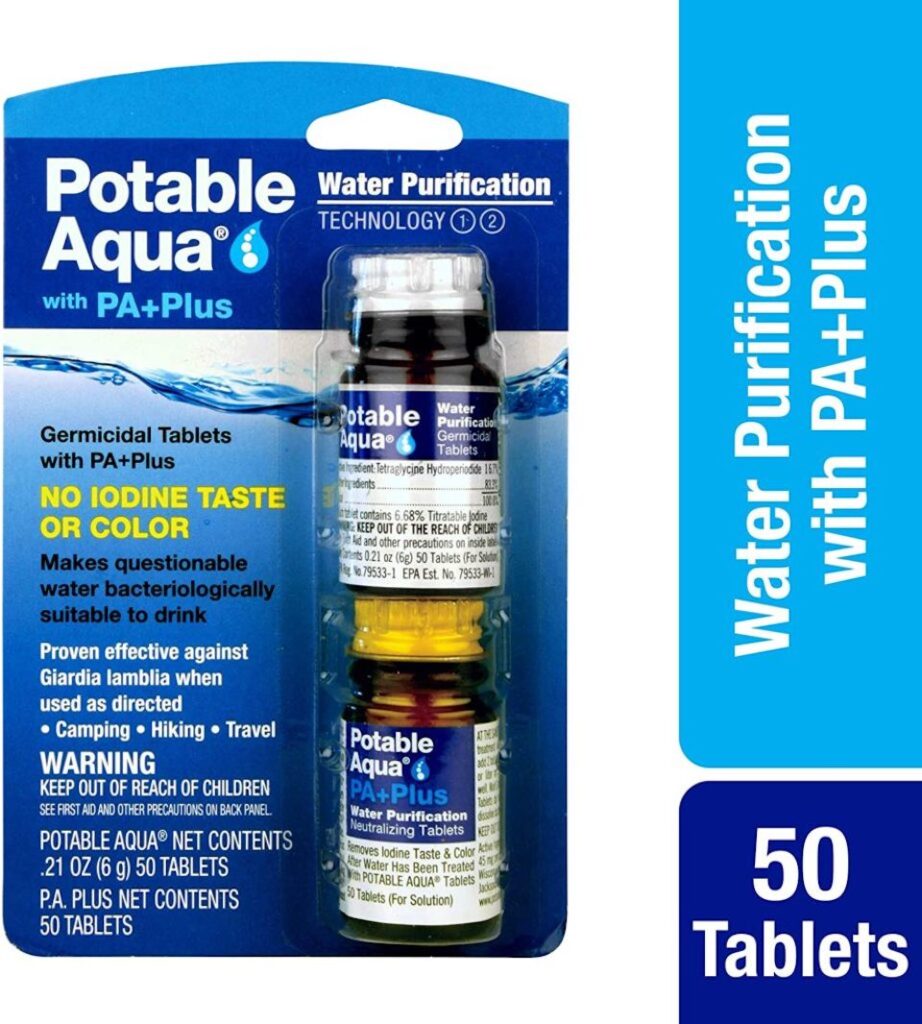In this featured post, our go-to resource for prepping, Rogue Preparedness, talks about the importance of water resources during an emergency situation. She walks us through the top eight ways your family can ensure they have enough water to last through a natural disaster. ~ The Editors

EMERGENCIES
Water is a vital resource that we often take for granted in our daily lives. Being able to turn on a faucet to access water without any other effort is truly a gift.
However, during emergencies such as natural disasters, power outages, or other unforeseen circumstances, access to clean water can become uncertain.

That’s why it is crucial to have a plan in place to store and collect water for emergencies.
Keep in mind, during a crisis, if you’re on city water, it will still continue to run even after the power goes out. However, depending on the length of the emergency, it won’t flow forever.

Let’s explore the top eight ways your family can ensure a sufficient water supply during times of crisis:
1 Water Storage Containers: Investing in water storage containers is an excellent way to start your emergency water supply. You can store them indoors or you can look into an outdoor above-ground or buried cistern to keep the water filled. Look for containers made specifically for water storage, such as food-grade plastic or heavy-duty containers. Aim for a minimum of 2 gallons of water per person, per day. Store these containers in a cool, dark place away from direct sunlight. You should also sanitize the water when you put it into the container. Rotate every 6 months to a year.
2 Bathtub Water Storage: In the event of a water shortage, your bathtub can become a valuable resource. Clean and sanitize it thoroughly, then use a bathtub water storage bag or a large plastic liner to hold water. Fill it with water and cover it securely. This additional supply can be used for hygiene purposes, such as flushing toilets or basic cleaning needs. You can also fill any and all other containers; bowls, cups, used water bottles, zip-lock bags, etc. Anything that can hold water!
Continue reading, “8 Ways You Can Store & Collect Water for Emergencies,” from Rogue Preparedness here.
Morgan lives in Texas with her husband, daughters and 2 dogs. She spends most of her time getting outdoors with her daughters, prepping for emergencies and disasters and teaching others how to be prepared. She also enjoys archery, hunting, fishing, firearms, hiking, camping, HAM, Jeeps and generally getting out and exploring life through epic adventures! View all posts by Morgan Rogue